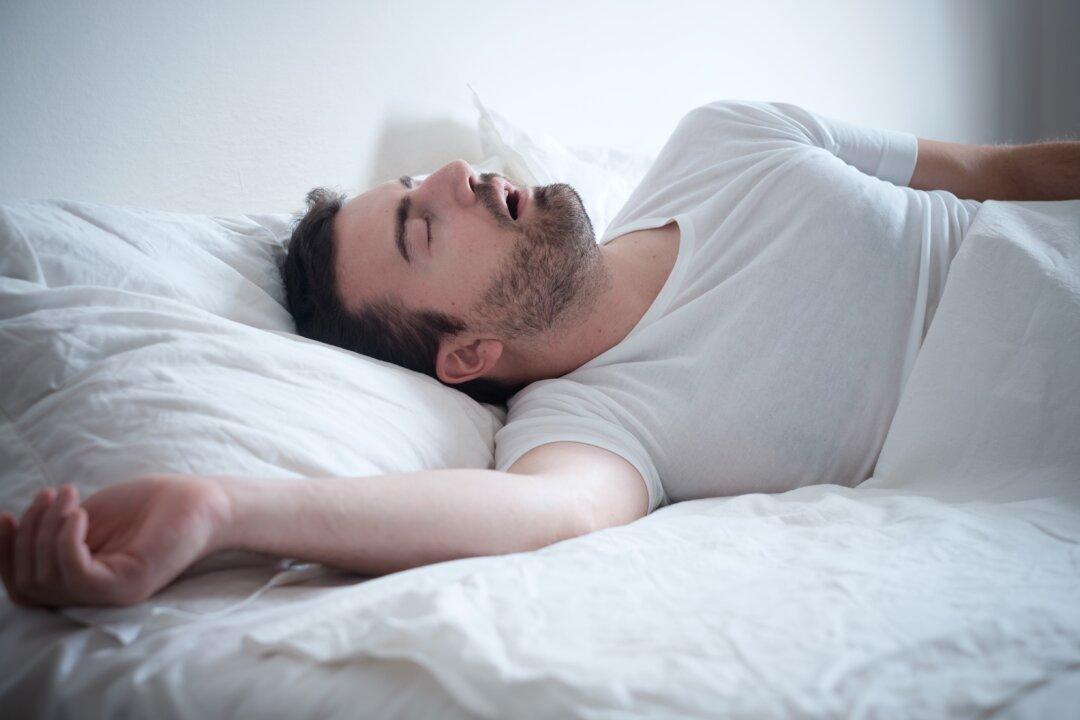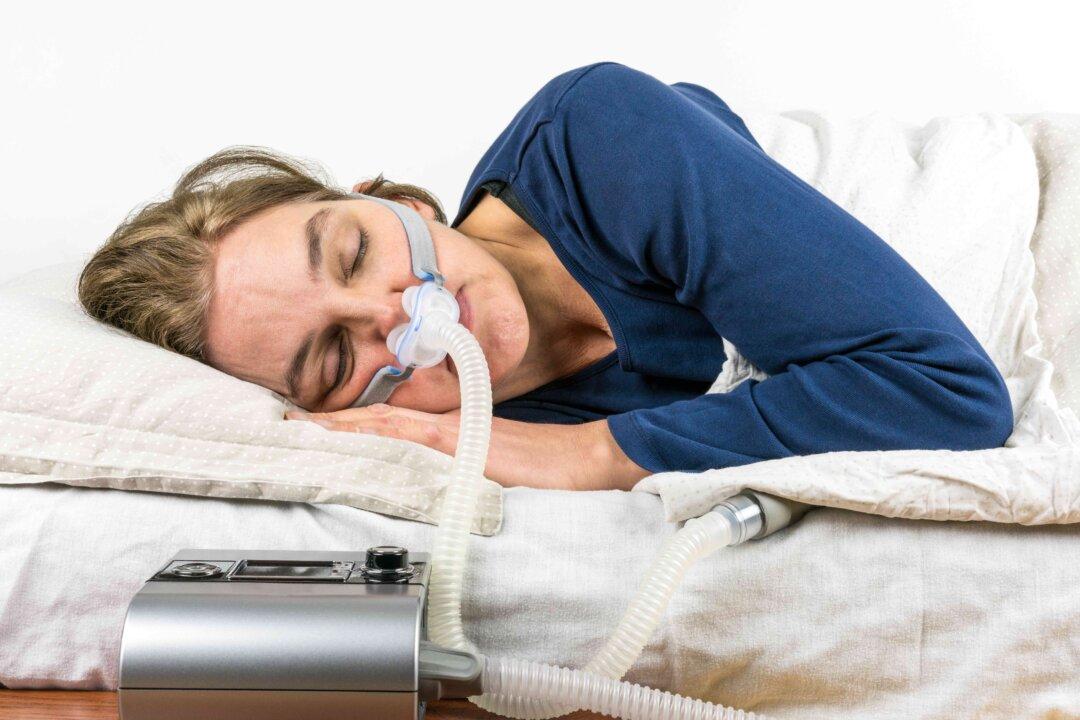Have you ever awakened from sleep and felt so sick you imagined you had the flu? Then you went back to bed, fell fast asleep, and woke up completely recovered from all your symptoms? What started out feeling exactly like the flu—chills, headache, achy muscles, tiredness, scratchy throat, congestion, and feverish skin—somehow vanished after a few hours of solid sleep.
What explains this dramatic episode of “sickness” and “recovery?”






